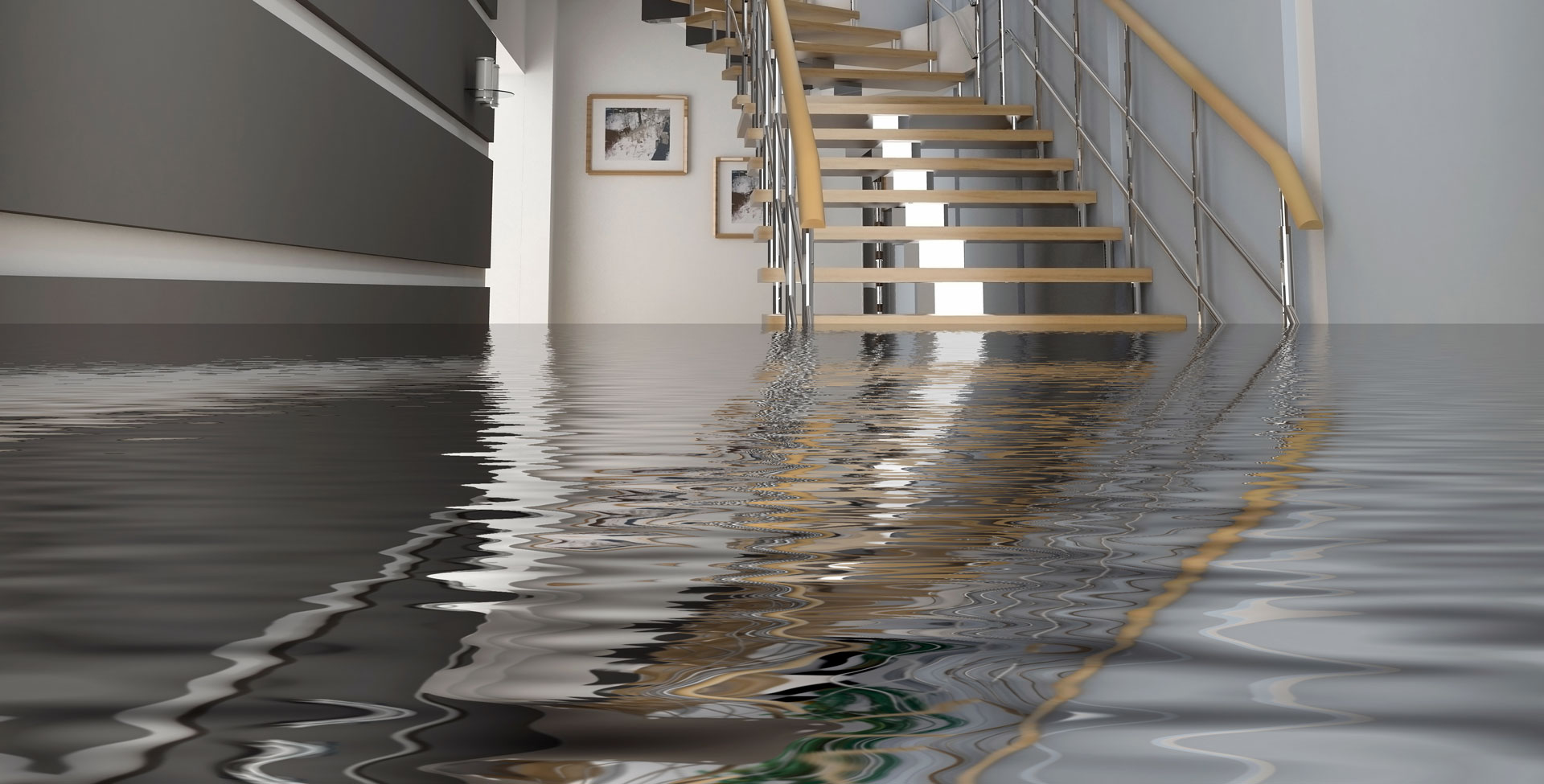Do's & Don'ts of Water Damage.
Do's & Don'ts of Water Damage.
Blog Article
The article below on the subject of Fire And Water Damage Prevention is fairly informative. Have a go and draw your own personal assumptions.

Water provides life, water breach on components where it's not expected to be can result in damages. It can peel away surfaces and erode the structure if the water saturates right into your framework. Mold and mildew also thrive in a wet setting, which can be harmful for your health and wellness. Homes with water damages odor old and also musty.
Water can originate from numerous sources such as tropical storms, floodings, burst pipes, leakages, and sewer concerns. In case you experience water damages, it would certainly be good to know some safety and security preventative measures. Right here are a few guidelines on how to manage water damages.
Do Prioritize Home Insurance Policy Insurance Coverage
Water damage from flooding because of heavy winds is seasonal. Nonetheless, you can likewise experience an abrupt flood when a defective pipeline all of a sudden ruptures right into your home. It would certainly be best to have home insurance that covers both disasters such as all-natural calamities, as well as emergencies like busted plumbing.
Don't Fail To Remember to Switch Off Energies
In the event of a disaster, especially if you stay in a flood-prone location, it would be a good idea to turn off the primary electric circuit. This removes power to your whole home, protecting against electrical shocks when water is available in as it is a conductor. Furthermore, do not neglect to switch off the major water line valve. Furnishings will certainly relocate around and also create damage when floodwaters are high. Having the main shutoff turned off stops additional damages.
Do Stay Proactive and also Heed Climate Informs
Pay attention to evacuation warnings if you live near a lake, creek, or river . Doing so minimizes potential residential or commercial property damage.
Do Not Ignore the Roofing System
You can stay clear of rain damages if there are no holes and leaks in your roofing. This will avoid water from flowing down your walls as well as soaking your ceiling.
Do Take Note Of Small Leakages
A ruptured pipeline does not take place over night. Generally, there are warnings that indicate you have damaged pipelines in your house. You may observe gurgling paint, peeling off wallpaper, water streaks, water discolorations, or trickling audios behind the walls. Ultimately, this pipeline will certainly break. Preferably, you should not wait on things to escalate. Have your plumbing fixed before it results in large damages.
Do Not Panic in Case of a Burst Pipe
Maintaining your clearheadedness is essential in a time of situation. Stressing will only compound the trouble due to the fact that it will certainly stifle you from acting fast. Timing is crucial when it comes to water damage. The longer you wait, the even more damages you can expect. Thus, if a pipeline bursts in your house, instantly shut off your major water valve to remove the resource. Unplug all electrical outlets in the location or turn off the circuit breaker for that component of the home. Call a reliable water damages remediation specialist for help.
Water offers life, water intrusion on components where it's not supposed to be can result in damage. Residences with water damage odor mildewy and old.
Water damage from flooding charges to heavy winds is seasonal. You may observe gurgling paint, peeling wallpaper, water touches, water discolorations, or trickling sounds behind the walls. When it comes to water damages, timing is vital.
Some Do's & Don't When Dealing with a Water Damage
DO:
Make sure the water source has been eliminated. Contact a plumber if needed. Turn off circuit breakers supplying electricity to wet areas and unplug any electronics that are on wet carpet or surfaces Remove small furniture items Remove as much excess water as possible by mopping or blotting; Use WHITE towels to blot wet carpeting Wipe water from wooden furniture after removing anything on it Remove and prop up wet upholstery cushions for even drying (check for any bleeding) Pin up curtains or furniture skirts if needed Place aluminum foil, saucers or wood blocks between furniture legs and wet carpet Turn on air conditioning for maximum drying in winter and open windows in the summer Open any drawers and cabinets affected for complete drying but do not force them open Remove any valuable art objects or paintings to a safe, dry place Open any suitcases or luggage that may have been affected to dry, preferably in sunlight Hang any fur or leather goods to dry at room temperature Punch small holes in sagging ceilings to relieve trapped water (don't forget to place pans beneath!); however, if the ceiling is sagging extremely low, stay out of the room and we'll take care of it DO NOT:
Leave wet fabrics in place; dry them as soon as possible Leave books, magazines or any other colored items on wet carpets or floor Use your household vacuum to remove water Use TV's or other electronics/appliances while standing on wet carpets or floors; especially not on wet concrete floors Turn on ceiling fixtures if the ceiling is wet Turn your heat up, unless instructed otherwise

I hope you enjoyed reading our part about Safety Tips To Prevent Fire And Water Damage. Thanks a lot for taking time to browse our blog post. Kindly take the opportunity to promote this entry if you enjoyed it. Thank you for your time. Come back soon.
Report this page